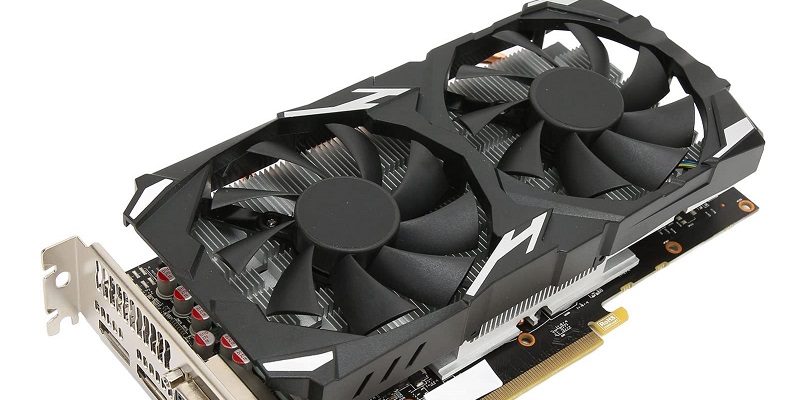There has been some concern surrounding AMD’s next-generation graphics cards, with rumors suggesting the absence of a high-end GPU. However, experts argue that RDNA 4 can still deliver a significant leap in performance. In this article, we delve into the details provided by Moore’s Law is Dead (MLID) and explore the potential of AMD’s RDNA 4 graphics cards.
Discussion on RDNA 4 potential
In response to the concerns, MLID has released a video addressing the worries about RDNA 4. While there won’t be a Navi 41 flagship, the video explains how RDNA 4 can still impress in terms of performance improvements and technological advancements.
Insights from a trusted source
According to MLID’s source, AMD is preparing to produce two mid-range monolithic (single-chip) GPUs that will remain competitive well into 2025. This indicates that even without a high-end offering, AMD plans to deliver capable graphics cards that cater to the mid-range market.
Expected performance boost
MLID emphasizes that RDNA 4 will utilize a significantly superior manufacturing process, either 3nm or 4nm, compared to the current RDNA 3 generation. Even the current mid-range option, the RX 7600 (built on 6nm), is already highly competitive with Nvidia’s RTX 4060 in rasterization, despite the latter being on a 5nm process. This implies that RDNA 4 graphics cards, leveraging a more advanced process node, can be expected to offer a notable performance advantage over their predecessors.
Potential power consumption improvements
Addressing the power consumption concerns of RDNA 3, MLID discusses the possibility of AMD addressing the issues in RDNA 4. With the process shrink and improvements in power efficiency, it is plausible to anticipate highly powerful mid-range RDNA 4 graphics cards.
Unconfirmed specifications
It is important to note that the exact specifications for the upcoming RDNA 4 graphics cards have not been confirmed yet. MLID highlights the varied information from different sources. According to one trusted source, there is uncertainty surrounding the specifications, while another source suggests a potential configuration with 64 CUs for Navi 43 and 32 CUs for Navi 44.
While concerns have been raised about AMD’s next-gen graphics cards lacking a high-end GPU, MLID’s analysis highlights the potential for RDNA 4 to provide a significant performance boost. Leveraging a more advanced manufacturing process, RDNA 4 graphics cards are expected to offer notable improvements in power efficiency and performance, making them competitive against Nvidia’s mid-range offerings in 2025. However, it is crucial to recognize that the exact specifications are yet to be finalized, and further developments are likely to emerge in the coming months. AMD enthusiasts can look forward to witnessing the evolution of RDNA technology and the exciting possibilities it holds for the future of graphics cards.

